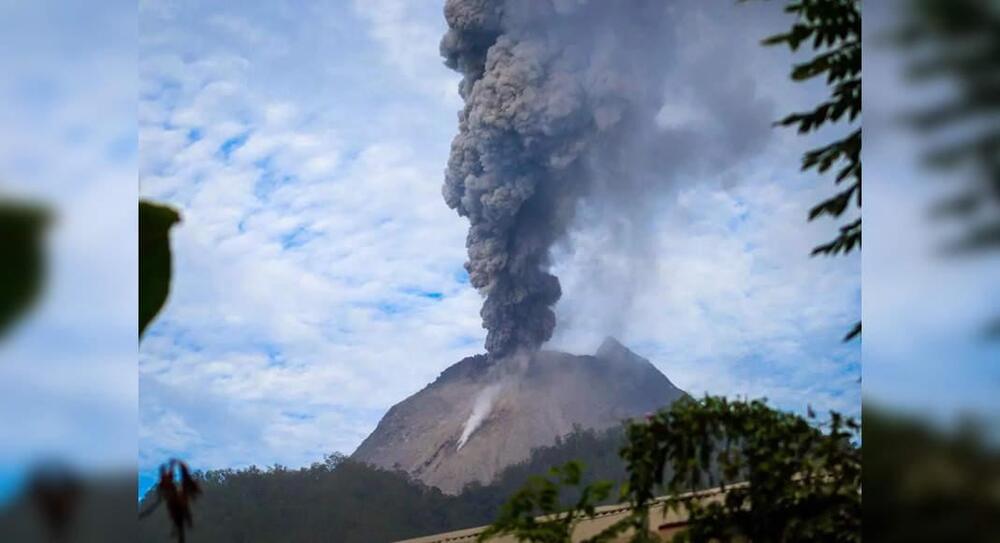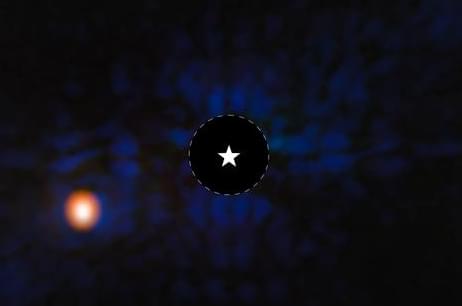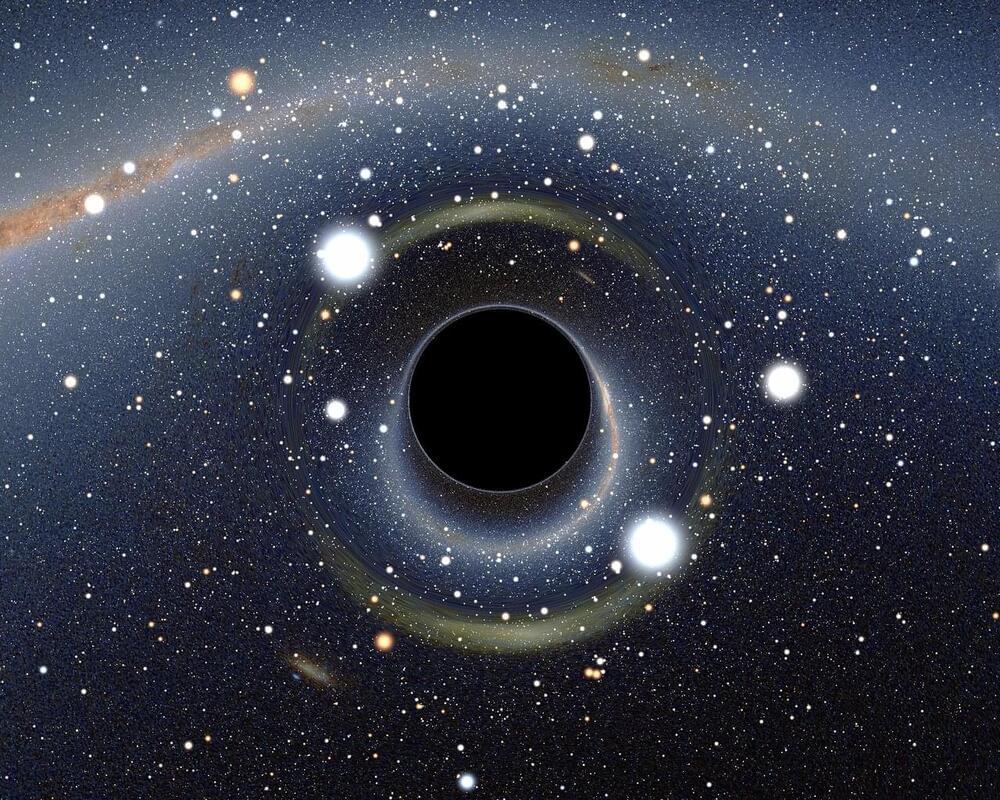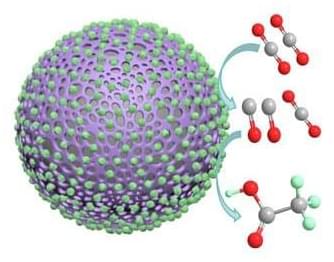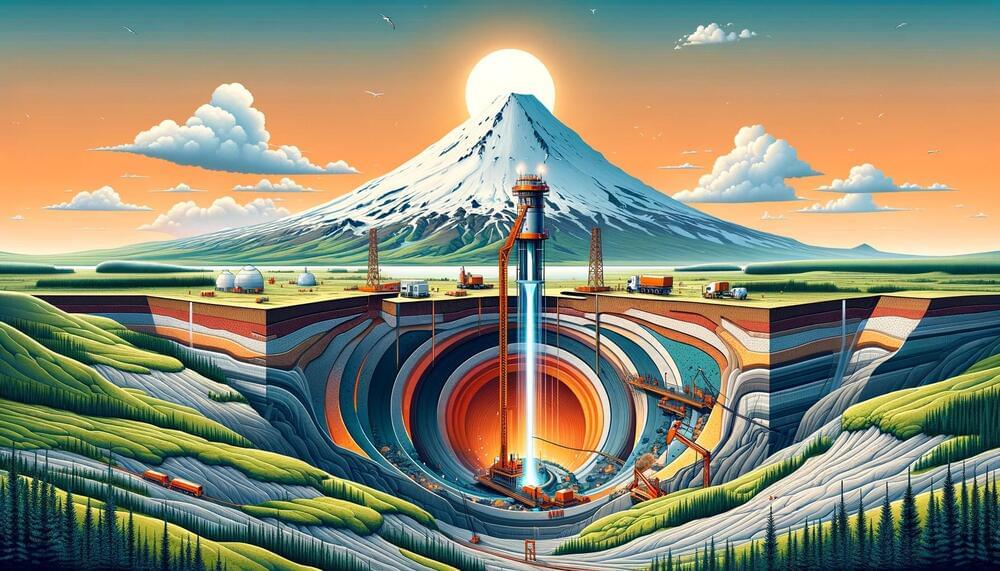Do note a ‘continuing eruption’ does not necessarily imply continuous daily activity, but indicates that there have been intermittent eruptions without a hiatus of three months or more.
On this day in 1,897, Amelia Earhart was born in Atchison, Kansas. Today has been designated National Amelia Earhart Day in her honor. More about this pioneering pilot:
Amelia Earhart is one of the most famous American pilots. A record setting aviator, she was the second person to fly solo and nonstop across the Atlantic, the first person to fly solo and nonstop across the United States, and much more. She tragically went missing while attempting to fly around the world.
Earhart’s life, while tragically cut short, was many layered. In addition to the feats accomplished while in a plane, Earhart made an impact in areas from ranging from fashion to flying an autogiro. Here are five things you may not know about the famous American pilot.
1. She Also Flew the Autogiro
“This discovery is exciting because the planet is quite similar to Jupiter — it is a little warmer and is more massive but is more similar to Jupiter than any other planet that has been imaged so far,” said Dr. Elisabeth Matthews.
How cold are exoplanets? This is what a recent study published in Nature hopes to address as a team of international scientists investigated Epsilon Indi Ab, which is located approximately 12 light-years from Earth and whose radius is slightly larger than Jupiter and just over three times as massive. What makes this study unique is this it was observed using the direct imaging method, which has only been conducted on approximately 25 exoplanets to date, and could help astronomers better understand the formation and evolution of not only Epsilon Indi Ab, but countless other exoplanets, as well.
Discovered in 2019, astronomers previously hypothesized the planetary properties of Epsilon Indi Ab based on data at the time. For this recent study, astronomers used JWST’s Mid-Infrared Instrument (MIRI) and its coronagraph to directly image Epsilon Indi Ab, revealing much different properties while also identifying the planetary temperature of approximately 35 degrees Fahrenheit, making Epsilon Indi Ab the coldest exoplanet to date. Additionally, Epsilon Indi Ab was also found to have high metal contents within its atmosphere, specifically a high carbon-to-oxygen ratio.
When a large star runs out of fuel, its core collapses into a dense object, ejecting the remaining gas outward in an event known as a supernova. What’s left are largely neutron stars and black holes. And now Hubble appears to have observed a supernova blink out, implying that it captured the instant a black hole took over.
What makes this occurrence unique is that the formation of a black hole was not foreseen. Normally, when a star of this size reaches the end of its life, it explodes in a massive event called a supernova. Instead, it appears that this star chose to go out quietly.
41% Increase For HRV Since 2018
Posted in futurism
Join us on Patreon! https://www.patreon.com/MichaelLustgartenPhDDiscount Links: NAD+ Quantification: https://www.jinfiniti.com/intracellular-nad-test/Use Cod…
Acetic acid, also known as acetate, and other products that can be developed from acetic acid are used in a variety of industries, from food production to medicine to agriculture. Currently, acetate production uses a significant amount of energy and results in harmful waste products. The efficient and sustainable production of acetate is an important target for researchers interested in improving industrial sustainability.
A paper published in Carbon Future (“CO 2 electroreduction to acetate by enhanced tandem effects of surface intermediate over Co 3 O 4 supported polyaniline catalyst”) outlines a method using a polyaniline catalyst with cobalt oxide nanoparticles to produce acetate through carbon dioxide electroreduction.
This image shows a polyaniline catalyst coated in cobalt oxide nanoparticles and demonstrates how the catalyst facilitates the conversion of carbon dioxide to carbon monoxide to acetate. (Image: Carbon Future)
Hydrogen production from the air
Posted in energy
While obtaining H2 from water splitting offers a promising strategy for renewable fuel production, current technologies rely on liquid freshwater. Here, authors use a hygroscopic electrolyte to achieve electrocatalytic water vapor splitting driven by renewable resources without liquid water.
A new AI coding tool enters the race: let’s take a closer look at Devin, a new AI coding assistant (currently in early access).
An initiative that sounds a lot like Jules Verne’s Journey to the Center of the Earth might mark the first time humans have tapped into magma, the molten rock liquid flowing beneath Earth’s crust. In 2026, Iceland’s Krafla Magma Testbed (KMT) project will drill into a volcano’s magma chamber, seeking to tap into its super-hot fumes to generate geothermal energy at a scale that has never been attempted before.
The endeavor promises to power homes across Iceland with a renewable, limitless energy source. And no, this won’t cause the currently active Krafla volcano to erupt, according to John Eichelberger, a volcanologist at the University of Alaska Fairbanks interviewed by New Scientist.
Geothermal energy, a technology harnessed by Iceland for years, involves drilling into hot underground regions to produce steam from heated water. This steam drives turbines, generating electricity. Today, at least 90% of all homes in Iceland are heated with geothermal energy and 70% of all energy used in the island nation comes from geothermal sources.
